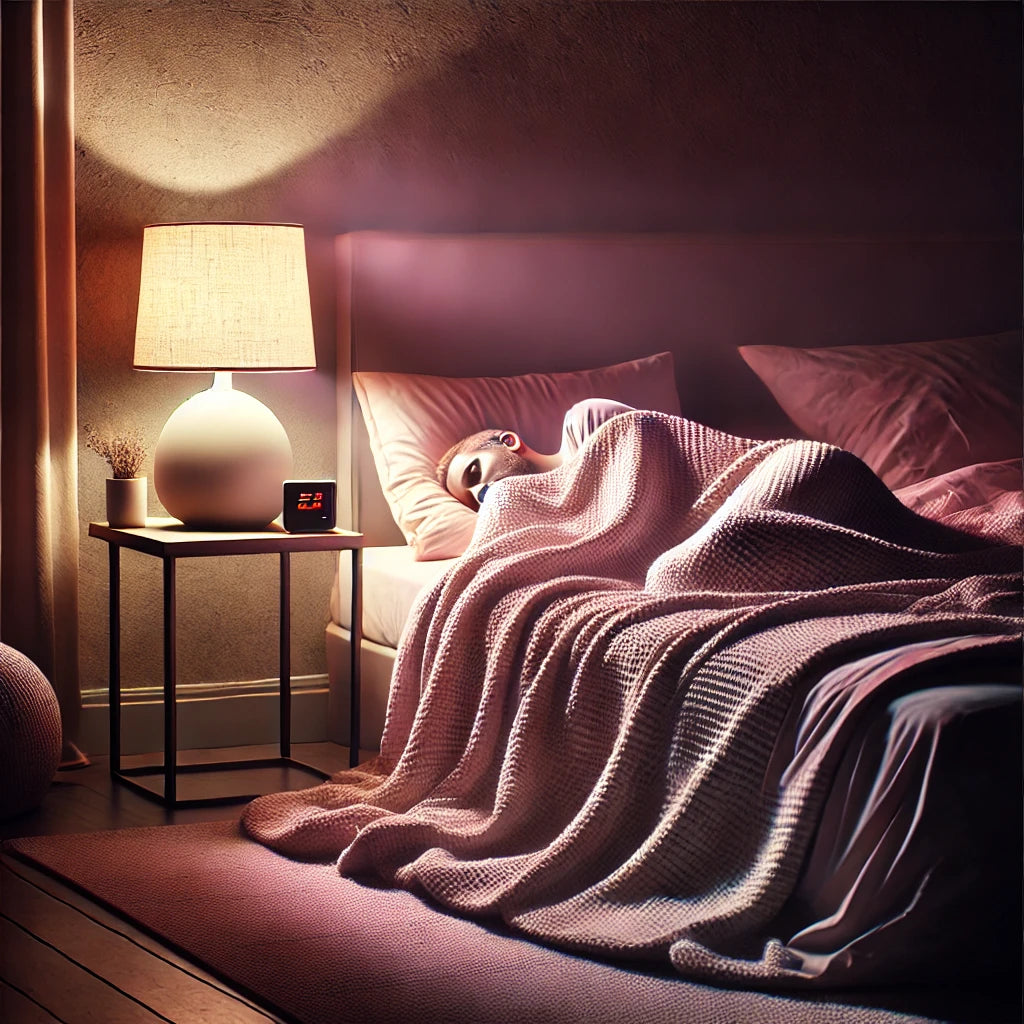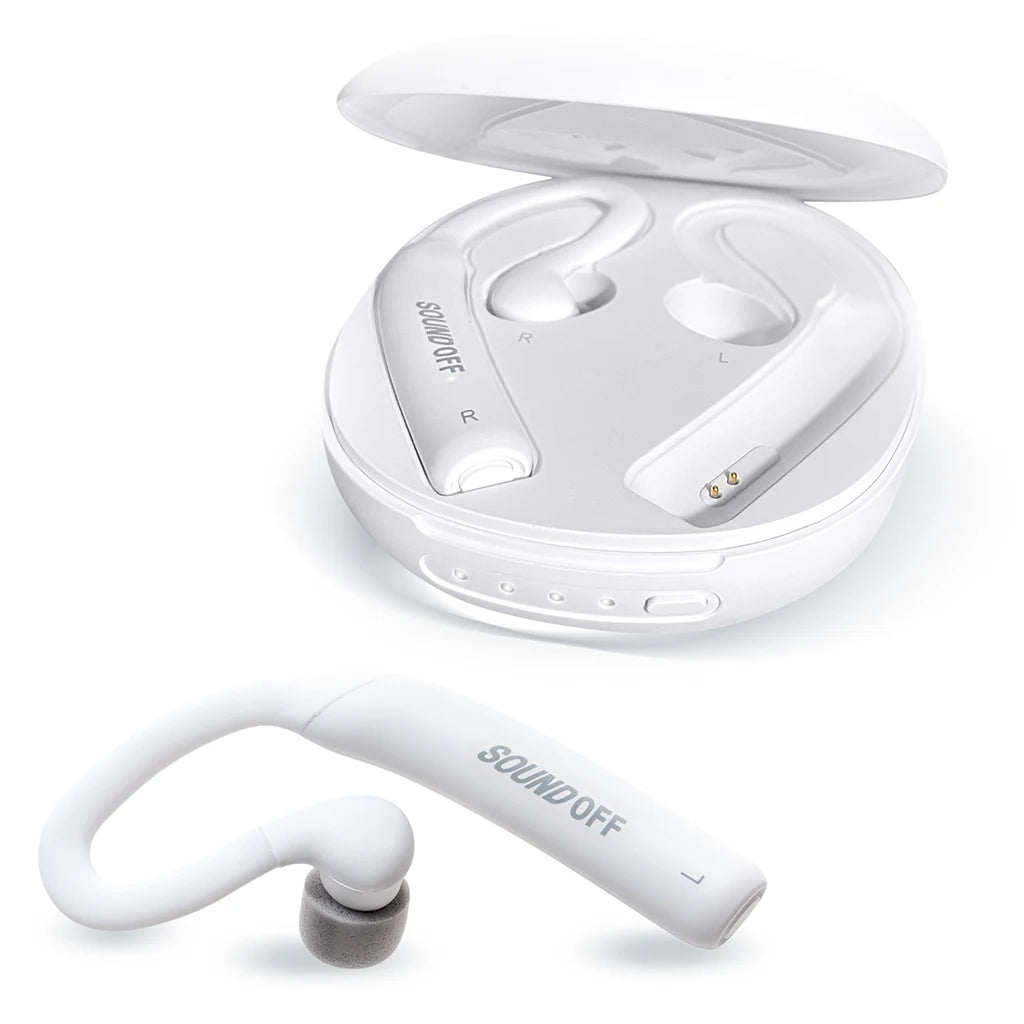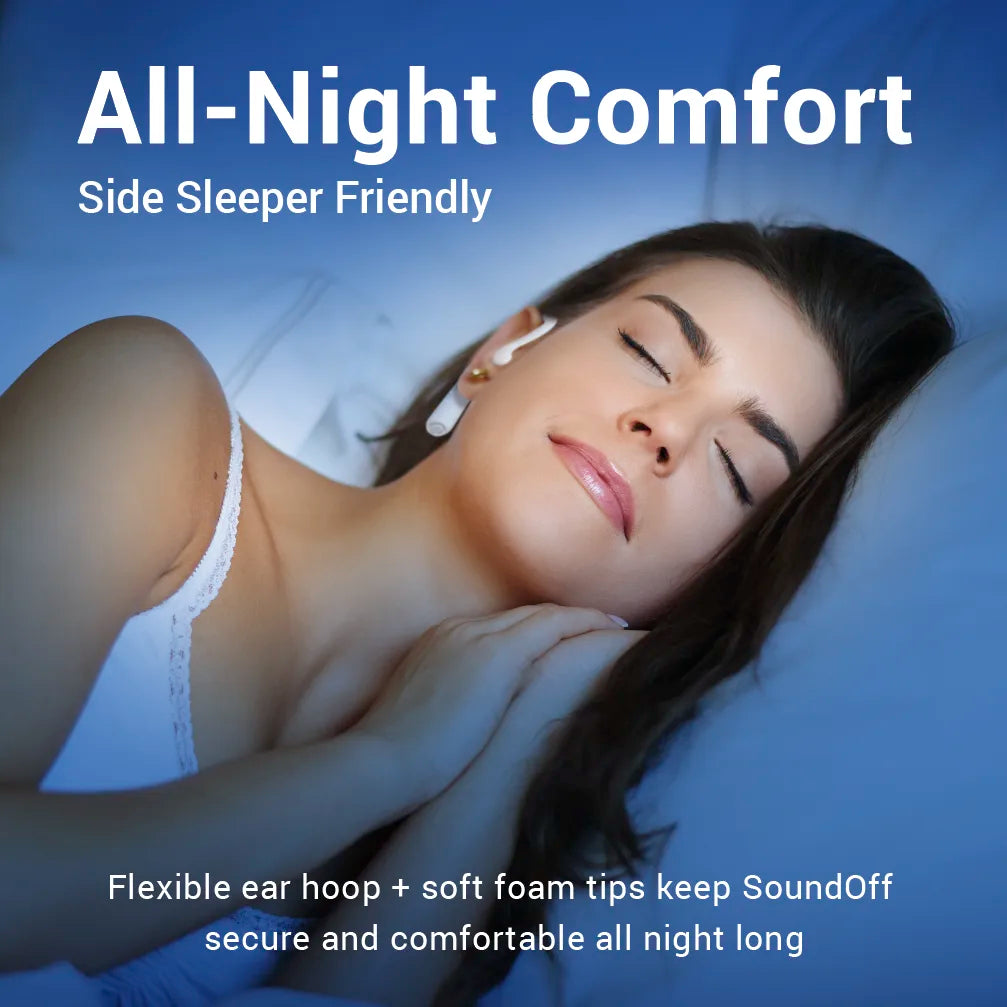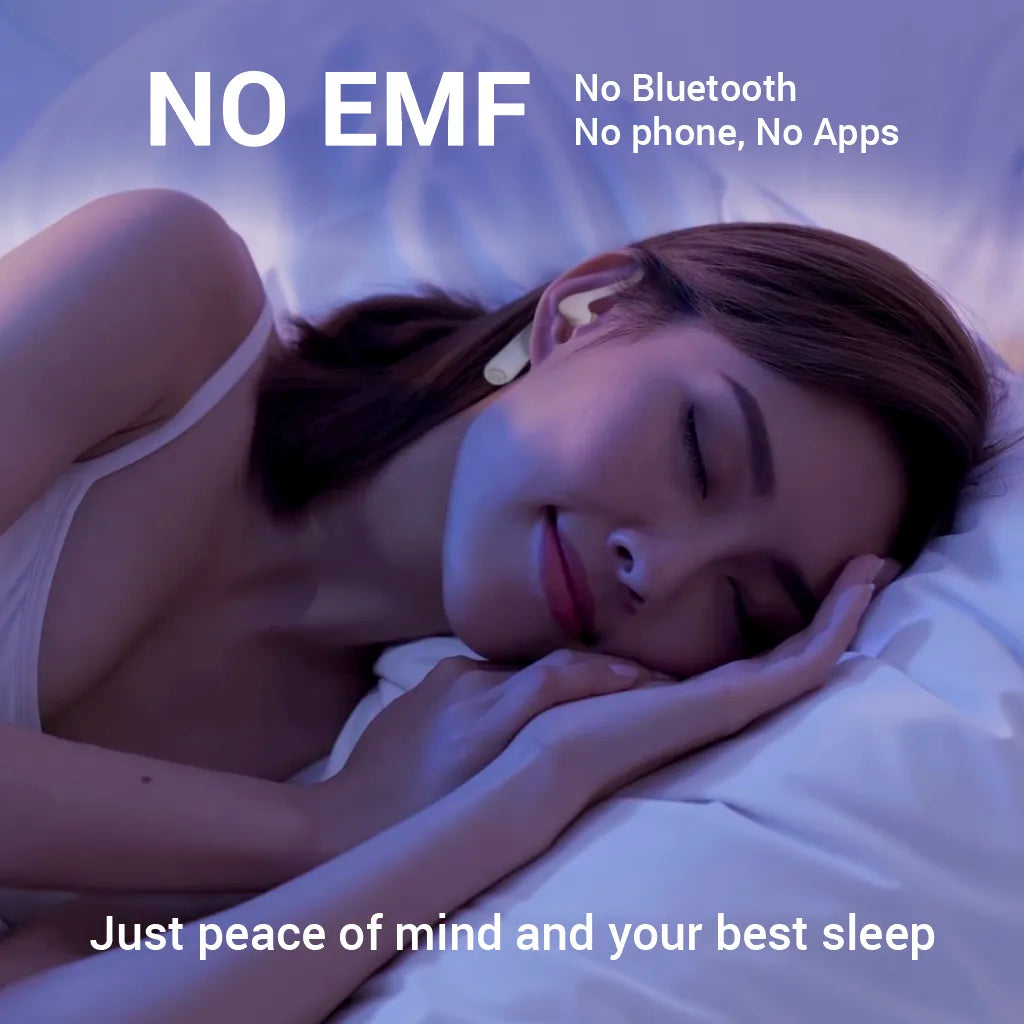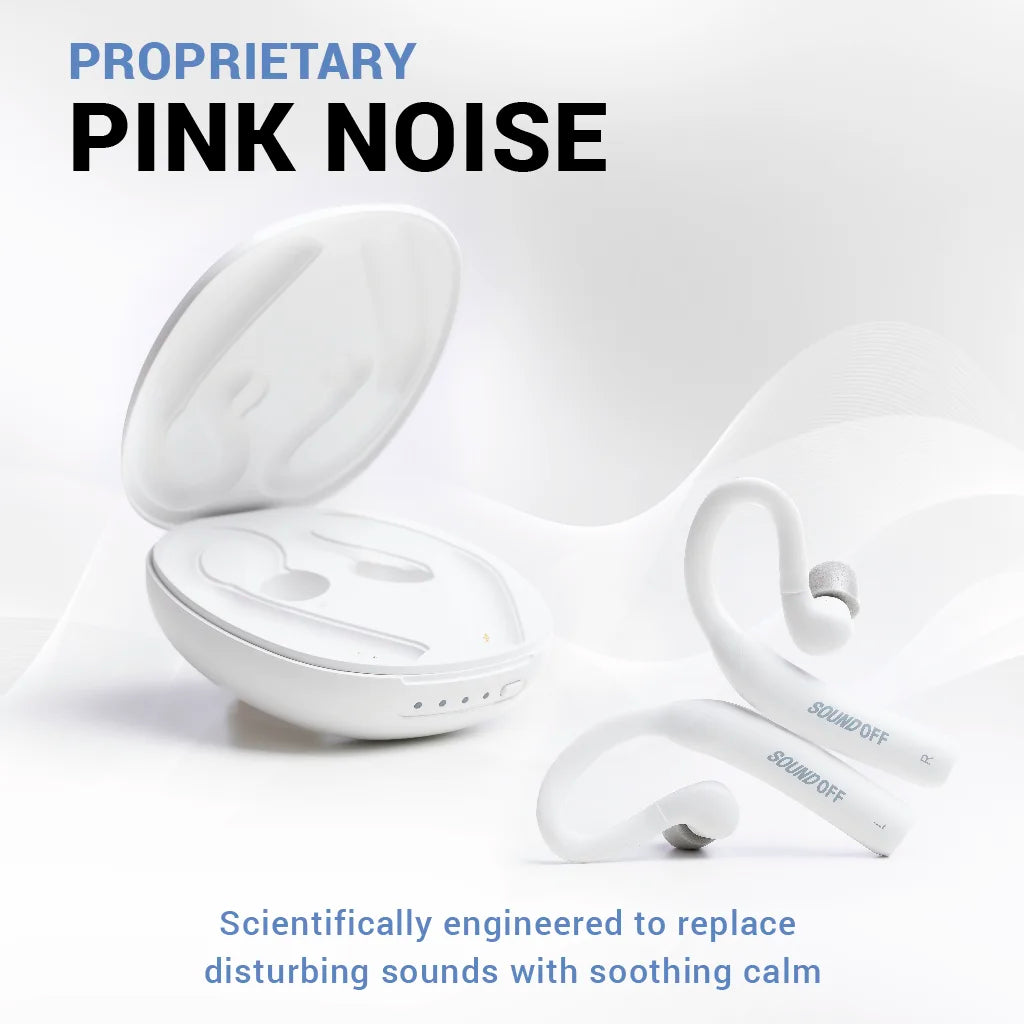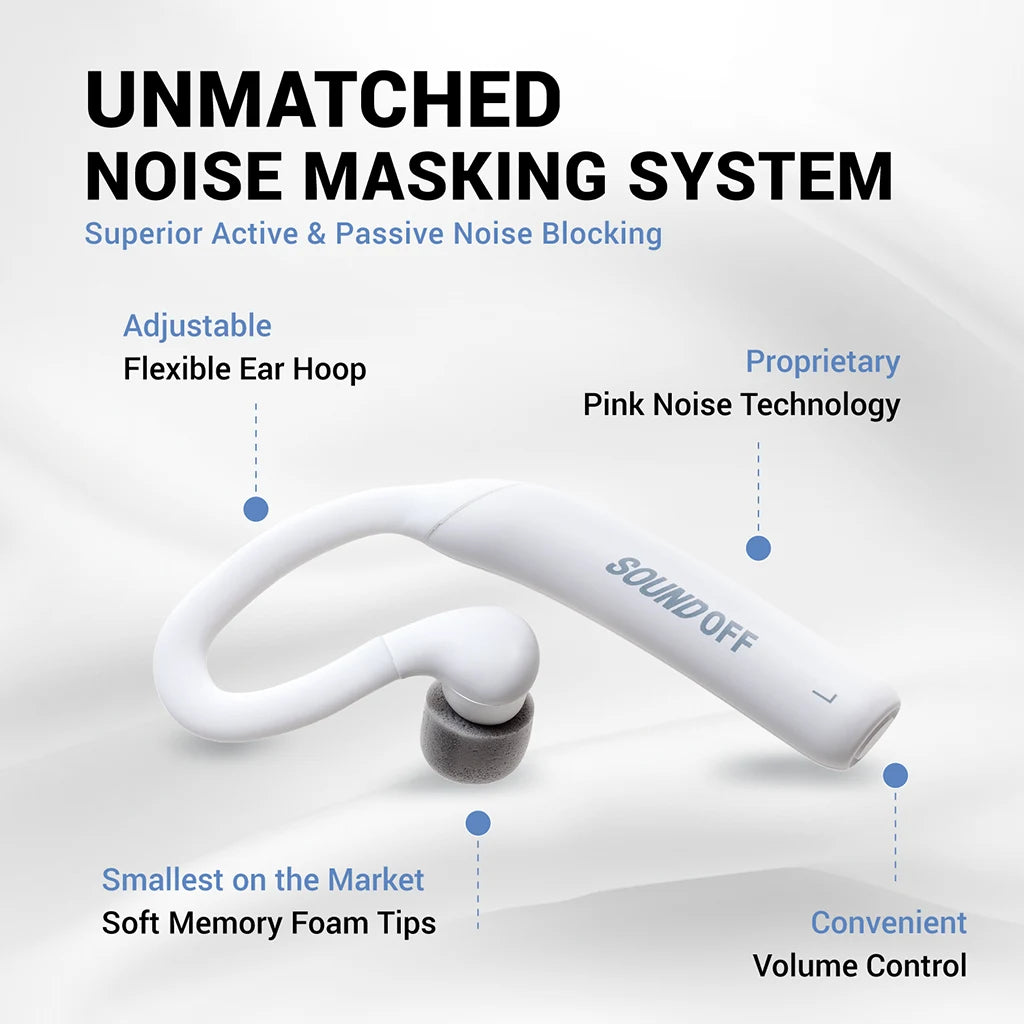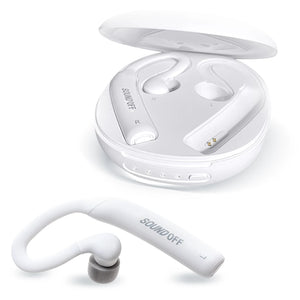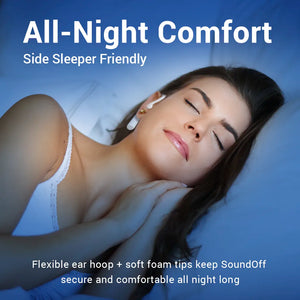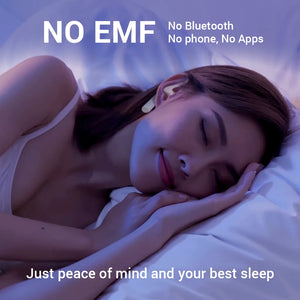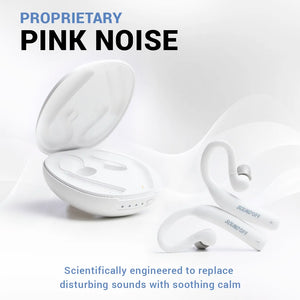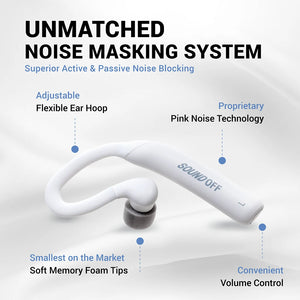Colored Noise for Sleep: Exploring the Benefits of Pink Noise
Getting a good night's sleep is more important than ever in our fast-paced, noisy world. Among various tools to help improve sleep quality, "pink noise" is gaining recognition for its potential to enhance rest and relaxation. Unlike the more commonly known white noise, pink noise has unique properties that can positively affect sleep patterns. In this blog, we will explore what pink noise is, how it benefits sleep, and how it differs from other types of colored noise. We'll also discuss how products from SoundOffSleep can complement the benefits of pink noise, providing a comprehensive solution for better sleep.
What is Pink Noise?
Pink noise is a type of sound that has equal energy per octave, resulting in a balanced auditory/hearing experience. Unlike white noise, which contains equal intensity across all frequencies, pink noise has more power in the lower frequencies and less power in the higher ones. Thissound distribution creates a deeper, softer sound, often described as similar to rainfall or the rustling of leaves. The gentler sound profile of pink noise makes it less harsh than white noise and more soothing to the ears, which can be beneficial for creating a restful sleep environment.
How Does Pink Noise Work?

The key to pink noise's effectiveness lies in its unique frequency distribution. The deeper, consistent sound of pink noise can mask background noises, such as traffic or a neighbor's TV, that might otherwise disrupt sleep. By providing a stable sound environment, pink noise helps the brain maintain a more consistent sleep state, reducing the likelihood of being awakened by sudden and disturbing sounds.
Research suggests that pink noise can influence brain activity in ways that promote deeper and more restorative sleep. One study found that pink noise played during sleep could enhance slow-wave sleep, also known as deep sleep or REM. This stage of sleep is crucial for physical and mental recovery, memory consolidation, and overall health. By enhancing slow-wave sleep, pink noise may help improve sleep quality and make sleepers feel more refreshed upon waking .
Benefits of Pink Noise for Sleep
- Improves Sleep Quality: Pink noise's ability to create a consistent auditory environment can lead to improved sleep quality. By masking disruptive sounds and promoting a stable sleep environment, pink noise helps the brain to relax and enter and maintain deeper sleep stages more effectively.
- Enhances Slow-Wave Sleep: Slow-wave sleep is the deepest phase of sleep, essential for physical and mental restoration. Research indicates that pink noise can increase the amount of time spent in slow-wave sleep, enhancing overall sleep quality and cognitive function .
- Reduces Sleep Onset Time: For those who struggle to fall asleep quickly, pink noise can help reduce sleep onset latency—the time it takes to fall asleep. The calming, consistent sound of pink noise helps create a relaxing environment that encourages quicker sleep onset .
- Supports Memory and Learning: Studies have shown that enhancing slow-wave sleep with pink noise can improve memory and learning. This is because slow-wave sleep plays a critical role in memory consolidation, the process by which the brain organizes and stores information gathered during the day .
- Helps with Tinnitus: Pink noise can be particularly beneficial for individuals with tinnitus, a condition characterized by persistent ringing in the ears. The balanced frequencies of pink noise can help mask the sounds of tinnitus, making it easier to fall asleep and stay asleep .
Pink Noise vs. Other Colored Noises
While pink noise is highly effective for promoting sleep, it's important to understand how it compares to other types of colored noise:
- White Noise: Unlike pink noise, white noise contains equal intensity across all frequencies, resulting in a higher-pitched, static-like sound. While effective at masking noises, white noise can sometimes be too harsh for sensitive listeners.
- Brown Noise: Brown noise, also known as red noise, emphasizes lower frequencies even more than pink noise, creating a deeper rumbling sound. While it can be soothing for some, it may not be as effective as pink noise at masking a wide range of background noise.
- Green and Violet Noise: These less common types of noise have unique properties suited for specific needs. Green noise is often described as a softer version of pink noise, while violet noise has a higher frequency, making it effective for masking high-pitched sounds.
Integrating Pink Noise into Your Sleep Routine

To maximize the benefits of pink noise for sleep, consider the following tips:
- Combine with Good Sleep Hygiene: Pink noise is most effective when used alongside other good sleep hygiene practices. Keep your bedroom dark, cool, and free of distractions, and maintain a regular sleep schedule to optimize sleep quality.
- Experiment with Volume and Duration: Everyone's sleep needs are different, so it may take some experimentation to find the ideal volume and duration for pink noise. Start with a moderate volume and adjust as needed based on your comfort and sleep quality.
Enhancing Sleep with SoundOffSleep Products
While pink noise can be a powerful tool for improving sleep, combining it with high-quality sleep products can provide even better results.SoundOffSleep offers innovative noise-masking earbuds that are specifically designed to create a peaceful sleep environment by blocking out disruptive noises.
These earbuds use advanced technology to produce a comfortable noise-masking sound that can help mask both external noises and internal sounds, like tinnitus. By combining the benefits of pink noise with the superior noise-masking capabilities of SoundOffSleep earbuds, you can create a comprehensive sleep solution that promotes relaxation, enhances sleep quality, and supports overall well-being.
Whether you're dealing with noisy neighbors, a busy city environment, or just looking for a way to improve your sleep, integrating pink noise with SoundOffSleep earbuds can provide the restful, uninterrupted sleep you need. E
References
- Study on Pink Noise and Slow-Wave Sleep: Frontiers in Human Neuroscience - This study explores how pink noise can enhance slow-wave sleep and improve memory recall.
-
Effects of Pink Noise on Tinnitus: The Journal of Audiology - Examines how pink noise can mask tinnitus sounds, improving sleep for sufferers.

